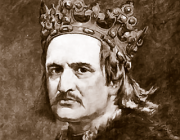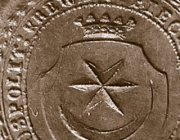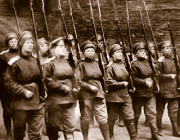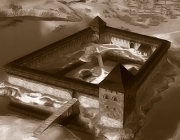Where in Kreva was one of the first churches built in the Grand Duchy of Lithuania?
 19 November 2023
19 November 2023
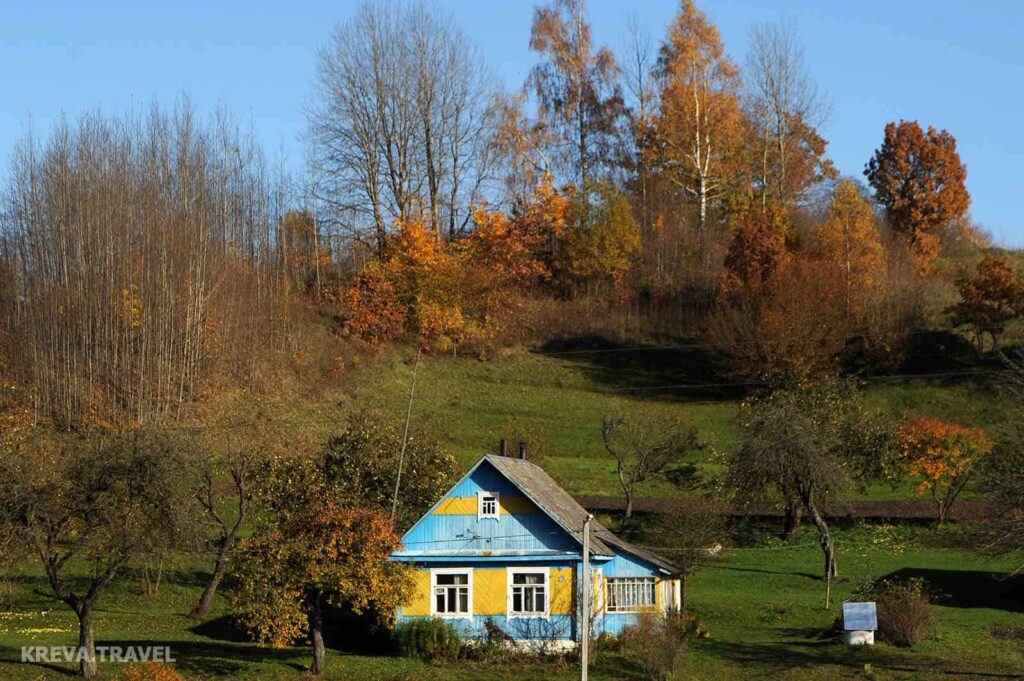
It is believed that the first Christian church in Kreva was built in 1387, and the Kreva Catholic parish was among the first in the territory of the Grand Duchy of Lithuania. However, the question of its original location remains unanswered until our time.
Ancient archival documents and books give dates in the life of the Kreva church, information about the number of parishioners at different times, about the church property. However, none of the documents specifies the location of the church. It is believed that it was originally located in the same place – in the centre of the village, not far from the castle. But does it correspond to reality?
Hrom (Thunder) Hill
The name of one hill, which is located not far from the hillfort, is suggestive. Nowadays this name has already disappeared from use, but according to the local historian Piotr Hrynkiewicz that hill was once called Kastselnaya (Church) Hill.
It is entirely possible that the Catholic church was originally built near the hill fort – the former heart of the pagan Kreva. Baptising the supporters of the old religion was one of the conditions of the Union of Kreva. Kreva was one of the first to receive its church from the newly elected Polish king Wladyslaw II Jagailo. It could have been erected on the place where there was a pagan temple. Over time, the hillfort lost its purpose, and the centre of the settlement became the territory near the stone castle. The Catholic shrine could have been moved there as well. The memory of that first church was long preserved in the name of the hill on which it could stand.
In Hrynkiewicz’s records there is a mention that Kastselnaya Hill “is opposite Vysotsky Adolphus”. It is reliably known that in Kreva the family of Vysotsky lived close to the hillfort: first very close to it on Zarechnaya Street, and later also close to it, but across the road on Smarhonskaya Street. Therefore, even without knowing which of the two houses of the Vysotsky – old or new – Hrynkiewicz meant, in any case we are talking about the area near the hillfort. Unfortunately, the only landmark opposite the Vysotsky does little to pinpoint the exact location. It could be a direction in any direction, and the distance is unknown. And this is despite the fact that there are many hills here.
It is most likely that it was about the hill near the hillfort, which nowadays many people call Hrom. The words hrom (thunder) and piarun in the Belarusian language are synonyms that denote the same natural phenomenon. The second word was formed from the name of the pagan deity Perun or Pärkunas, if in Lithuanian. Therefore, it is possible that the hill before the church appeared on it was called Piarun Hill or Perun. The scholar Adam Kirkor in the middle of the 19th century wrote in his book “Traits from the History and Life of the Lithuanian People” that the main temples of Pärkunas and sacred oak groves were in Kreva, Romov, Vilnius and other places.
Toponyms on the German map
In case Hrynkiewicz meant not Vysotsky’s house, but his land plot, Kastselnaya Hill could be located elsewhere.
On the scheme of German battle positions in and around Kreva during World War I not far from Schweden Schanze, which translates as Swedish fortification and corresponds to the modern coordinates of the hillfort, there is also Kirche – church.
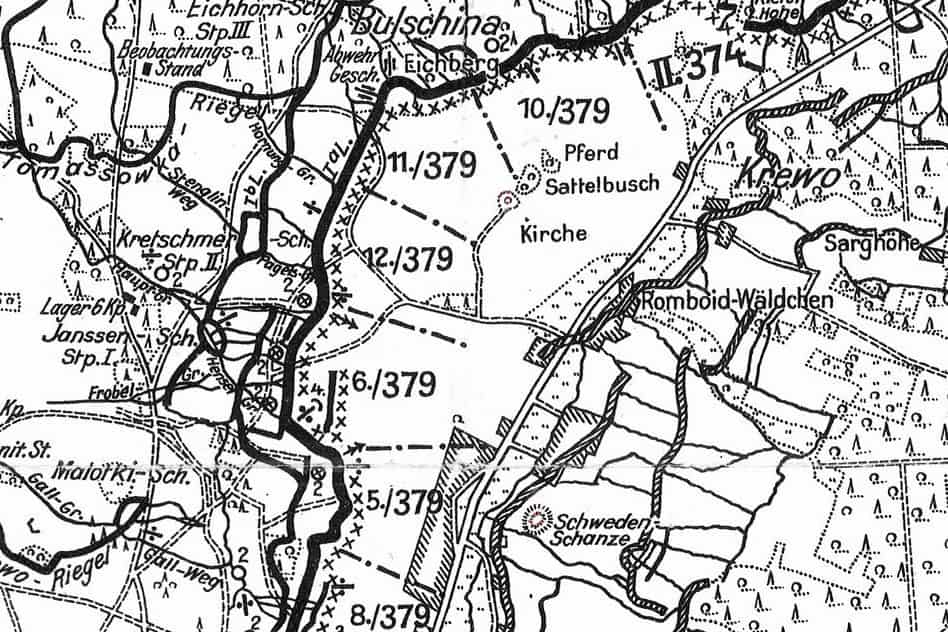
By superimposing the German scheme on a modern topographical map, it was possible to determine where that hill was located on the ground. It is very likely that Vysotsky’s plot of land could have been located here. If so, then Kastselnaya Hill is Kirche on the German scheme. If Hrynkiewicz was referring to Vysotsky’s house, then these could be two different toponyms with a similar name, each claiming a connection to Kreva’s first Catholic shrine.
Support Kreva.Travel!

